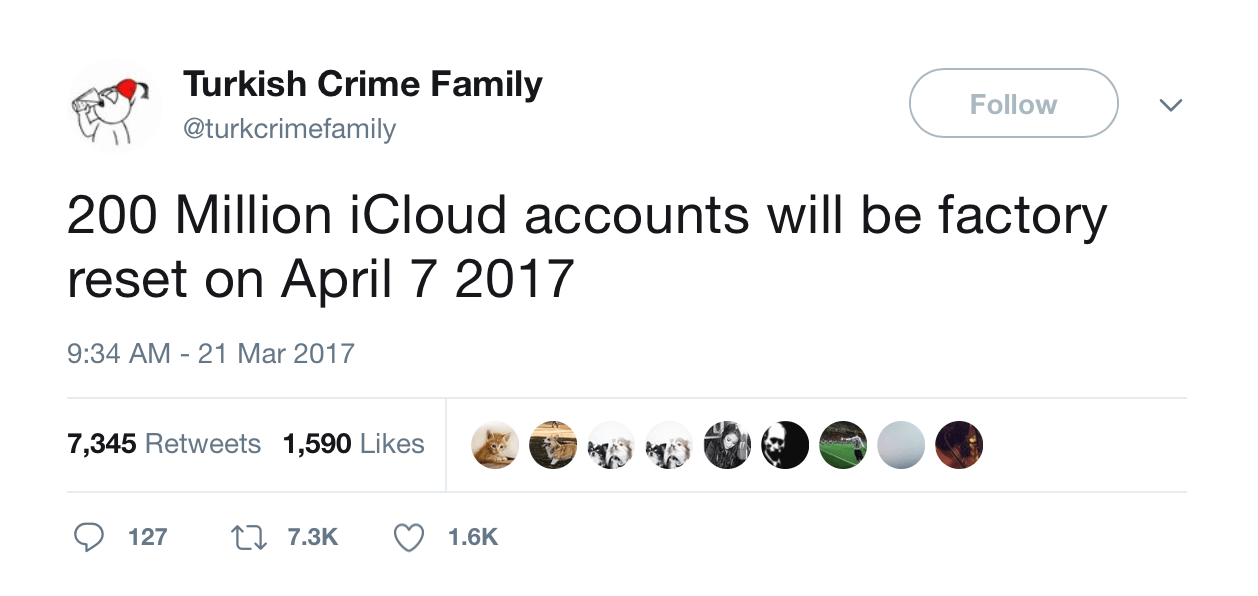A Year in Review: Top 10 Cyber Attacks of 2017
We were pummeled by cyberattacks in 2017, so many that it’s been called the “Year of the Hack.” And it wasn’t just the big businesses that were being targeted.
Protect your business today!
Get a QuoteWe were pummeled by cyber attacks this year, so many that 2017 has been hailed as the “Year of the Hack.” Just in the first half of the year alone, we saw a huge number of hacks, breaches, and ransomware. And it wasn’t just the big guys getting hit. Anyone could be a target, so having the right cyber insurance can literally save your business after an attack. Here’s our review of security breaches and attacks that made us all realize that we’re all vulnerable.
1. Equifax’s hack was unprecedented. One of the major consumer credit bureaus, hackers accessed Social Security and driver’s license numbers from as many as 145 million Americans (almost half the population). Nearly anyone who has credit in the United States was affected by this data breach and could be exposed to identity theft.
2. The ride-sharing startup Uber faced scandal after scandal this year. Yet, their announcement of an unreported data hack back in October 2016, when hackers stole 57 million driver and rider accounts and then Uber paid the hackers to delete the stolen data, just added to their growing list of problems.
Want to learn more about cybersecurity? Read our Cyber Insurance Guide now.
3. One of the biggest cyber attacks in history was the WannaCry ransomware, which started in May 2017, and hit PCs and businesses around the globe. More than 200,000 computers were affected in 150 countries, and many officials believe the hackers were from North Korea. The ransomware worked by taking computer data hostage until the ransom was paid, and victims were wide-ranging, including hospitals, banks, local governments, and small businesses.
4. Government agencies are not immune to cyber threats. This year, documents from the Transportation Security Administration (TSA) in upstate New York were leaked from a backup drive without a password. The leak included the Stewart Airport’s security lapses, which showed how security screeners failed to check names from the federal government’s “no-fly” list.
5. In late June, 14 million Verizon customers’ sensitive data were exposed, including telephone numbers and account PINs. The records were found to be improperly stored without a password, and it took about a week for the data to be secured.
6. Mac users were targeted and infected with Trojan malware after downloading the popular open source video transcoder software, HandBrake. The download server in France was compromised, and developers rebuilt the software from scratch to remove the malicious virus.
7. The National Security Administration (NSA) was hit again with its fifth breach in 2017, when a virtual disk image was left on a public Amazon Web Services server. Though it was unlisted, it was not password protected. Over 100 gigabytes of data from a military project codenamed “Red Disk” were leaked.
Unprotected storage is a running theme in recent data leaks and breaches. Learn how to protect your business with our Cyber Insurance Guide for Business now.
8. Another data breach that affected a series of companies, was Sabre’s cyber hack. A reservation software company, their clients, such as Google, Hard Rock Hotels, and Loews, discovered they had data stolen from this breach.
9. iCloud was threatened in 2017, and a hacker group who called themselves the Turkish Crime Family demanded Apple pay a ransom of $400,000 in bitcoin or wipe millions of iPhones, iPads, and Macs remotely. In the end, Apple didn’t pay and the group’s threats were empty.

10. A couple months ago, one of the largest private companies in the US, Deloitte confirmed a cyber attack. The hackers stole confidential emails and sensitive corporate documents by gaining access to Deloitte’s email server. The tax and auditing company did not utilize two-factor authentication, which would have alerted the account’s owner of unauthorized access.
Many of these data breaches and cyber attacks could have been prevented by simple cybersecurity protocols. Threats like these are growing every year with the advances in technology.
Now that you have a better understanding of Cyber risks, you may be wondering how all of this affects your business and where to go from here. If you need more help or information, you can reach out to our team of expert brokers. Or, if you prefer to get started on intelligent quotes, create your Embroker account today.

